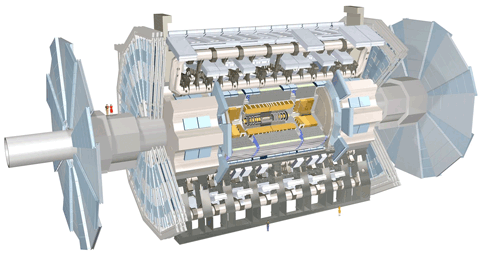Annual pay for Bachelors graduates without higher degrees. Typical starting graduates have 2 years of experience; mid-career have 15 years. See full methodology for more. |
In case you were worried about studying physics at JMU, fret no more. Nearly everyone of the career paths opened by these degrees is available to a physics grad. And even physics is doing pretty good. Except for petroleum engineering, the mid career salaries are all with errors. Who wants to crawl about on an oil rig any way!?
This kind of plot sorts many things into one pile. The 'physics' category must include all us academic types who don't really get paid $100,000/year. (We wish!) That means there must be lots of jobs out there with even better paying jobs.
Buck up campers! The world is a good place for physicists.
Just so you don't feel that I've shorted the other sciences, here they are
With these options, what will you choose?
Just so you don't feel that I've shorted the other sciences, here they are
| Degree | Starting Median Pay | Mid-Career Median Pay |
|---|---|---|
| Physics | $49,800 | $101,000 |
| Applied Mathematics | $52,600 | $98,600 |
| Mathematics | $47,000 | $89,900 |
| Geology | $45,300 | $83,300 |
| Chemistry | $42,000 | $80,900 |
| Biology | $37,900 | $71,900 |
| Microbiology | $38,500 | $70,100 |

